Graphic Design Essentials: Navigating the World of Creativity and Innovation
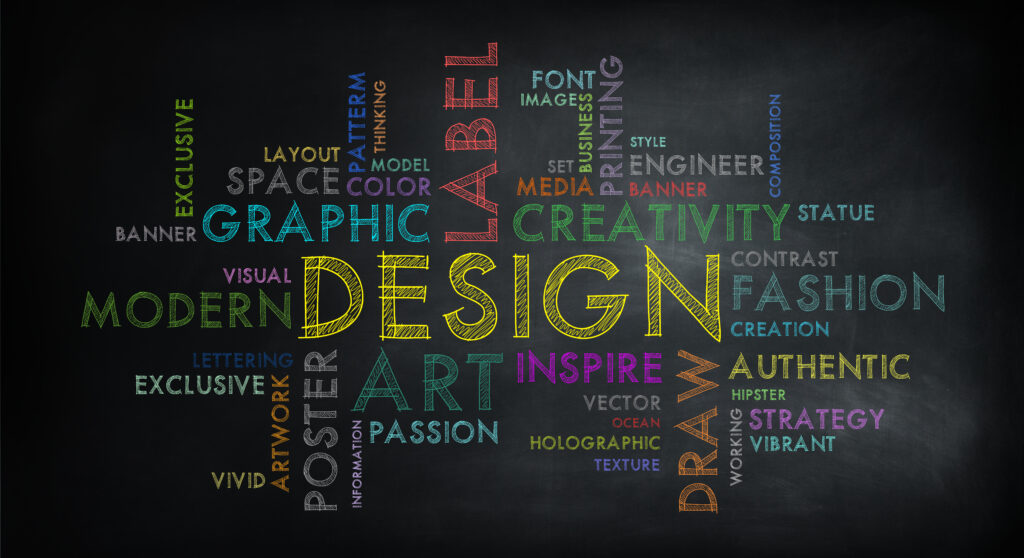
In the rapidly evolving landscape of modern media, graphic designers stand at the forefront, serving as key architects of visual communication. Their role extends far beyond traditional art forms, encompassing a wide range of mediums from print media to digital platforms. In design studios around the world, these creative professionals employ their graphic design skills to craft compelling visual narratives. Through their work, graphic designers shape public perception, influencing everything from consumer behavior to cultural trends. In today’s media-centric society, the impact of graphic designers is profound, as they translate complex messages into clear, impactful visual content. They collaborate closely with art directors, marketing teams, and other professionals to ensure a cohesive and effective visual representation of ideas. This collaborative environment enables graphic designers to blend artistic vision with strategic marketing objectives, creating designs that are not only aesthetically pleasing but also serve a functional purpose in conveying key messages to the target audience.
College life can be overwhelming, with deadlines and projects constantly piling up. That’s where the homework planner EssayPro comes in, a tool that has significantly eased my academic journey. It’s not just a planner, it’s a strategic guide that helps me allocate my time wisely.
Understanding the Visual Elements of Graphic Design
The visual elements of graphic design – color, form, line, shape, space, texture, and value – are the building blocks of all visual creations. Understanding and skillfully manipulating these elements is essential for every graphic designer, similar to how dissertation writing services meticulously craft and structure academic papers. These design elements are utilized in various types of graphic design, from web design to packaging graphic design, to create visually appealing and effective compositions. For instance, in logo design, the simplicity of form and clarity of line are often crucial, while in environmental graphic design, the use of space and texture can greatly enhance the user’s experience. Each element carries its own weight in the design process, and it’s the graphic designer’s expertise that blends these elements into a cohesive whole. The challenge lies in using these visual elements to not only create designs that are visually striking but also convey the intended message effectively. Graphic designers work with these elements, understanding their psychological impact and how they can be combined to produce a harmonious and communicative piece of work. This skillful manipulation of visual elements is what sets apart impactful graphic design from the ordinary, elevating it from mere decoration to powerful visual communication.
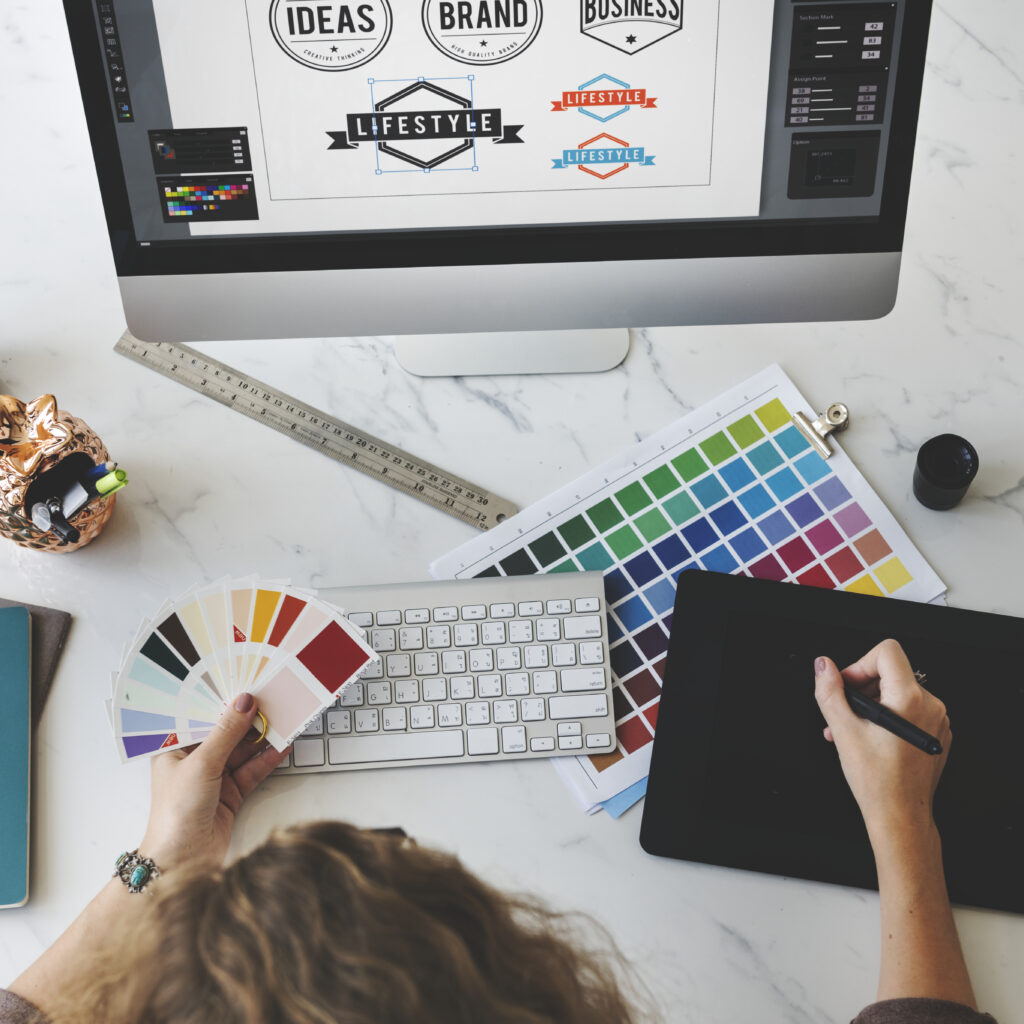
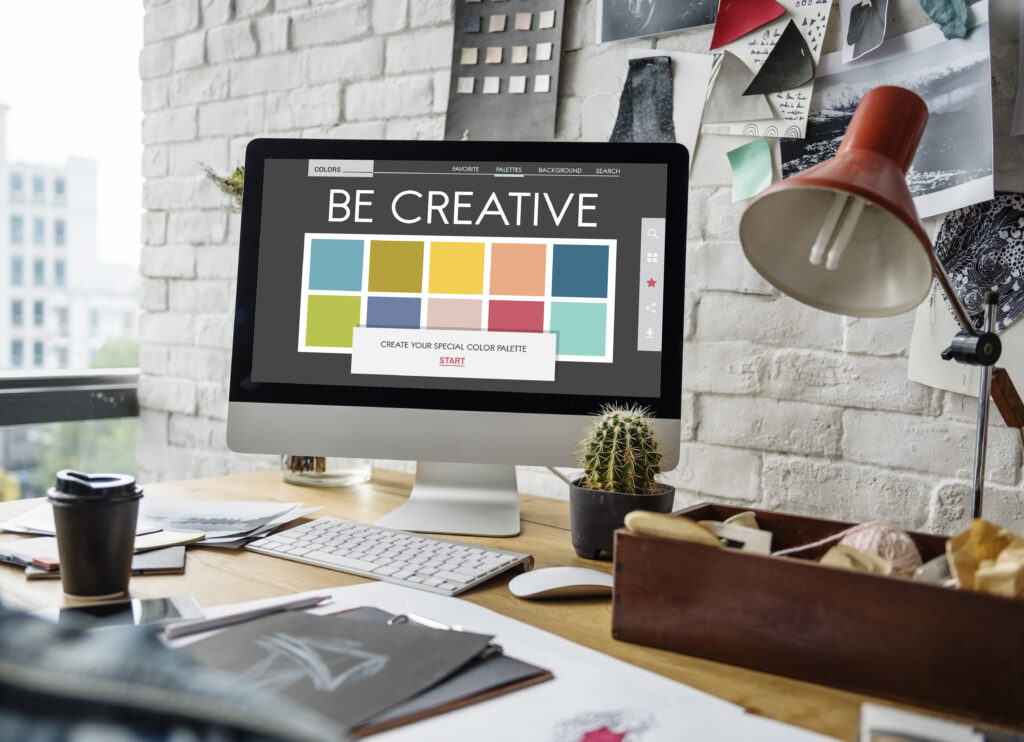
The Evolution of Graphic Design: From Traditional to Digital
Graphic design has witnessed a transformative evolution, transitioning from traditional techniques of print media to the dynamic and ever-changing realm of the digital age. This shift has not only changed the mediums and tools available to graphic designers but also expanded their role and influence in the world of media and communication. In the past, graphic design was largely confined to print media, with designers focusing on creating static images and layouts. However, the advent of digital technology brought about a revolution, introducing new possibilities such as web design, UX/UI design, and digital publishing. This transition to digital platforms has opened up a world of new opportunities for graphic designers, allowing them to create more interactive and engaging visual content. In this digital era, graphic designers must be adept at a range of skills, from traditional fine arts to computer software proficiency. They are now tasked with creating designs that are not only visually appealing but also functional and user-friendly, particularly in digital mediums like mobile apps and web interfaces. The evolution of graphic design reflects the broader changes in technology and society, highlighting the adaptability and innovation that are hallmarks of this field.
Key Tools and Software for Every Graphic Designer
The graphic design industry relies heavily on a variety of tools and software to create compelling visual content. These tools range from traditional fine art supplies to advanced digital design software. In the realm of digital graphic design, software like Adobe Photoshop, Adobe Illustrator, and other design applications are indispensable. These programs offer graphic designers the flexibility to manipulate images, create vector graphics, and experiment with a vast array of design elements. For those involved in web design and UI/UX design, tools that focus on creating responsive and user-friendly interfaces are essential. In addition to mastering these technical tools, graphic designers must also possess strong creative skills, enabling them to effectively translate ideas into visual reality. The ability to navigate and utilize these tools efficiently is a critical component of a successful graphic design career. These software applications are constantly evolving, offering new features and capabilities that push the boundaries of what can be achieved in graphic design. As such, continual learning and adaptation are crucial for any graphic designer looking to stay relevant and competitive in this dynamic industry.

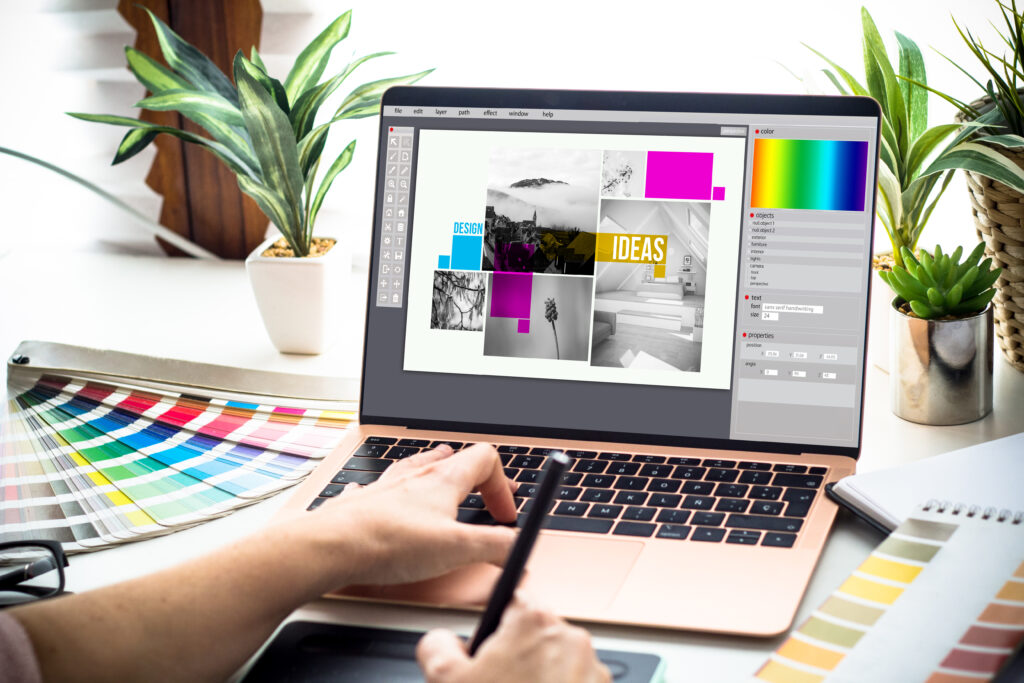
The Impact of Graphic Artists on Branding and Identity
Graphic artists exert a significant influence on the branding and identity of businesses and organizations. Through their creative and technical skills, they develop the visual language that defines a brand’s identity, helping to communicate its values, personality, and unique selling points. This involves creating a range of design elements, from logos and typography to color palettes and imagery, that work together to create a cohesive and recognizable brand identity. In the world of branding, a well-designed visual identity can be a powerful tool for connecting with consumers, building trust, and differentiating from competitors. Graphic artists play a key role in this process, using their understanding of visual communication and design principles to create brands that resonate with their target audience. The impact of their work extends beyond the aesthetics, it’s about creating a visual identity that encapsulates the essence of the brand and communicates it effectively to the world. This process often involves collaborating with marketing teams and business stakeholders to ensure that the brand identity aligns with the overall business strategy and marketing objectives.
Balancing Creativity and Functionality in Design Projects
One of the most significant challenges in graphic design is balancing creativity with functionality. This balance is crucial in ensuring that designs are not only visually appealing but also serve their intended purpose effectively. Graphic designers must navigate this balance in every project, whether they are working on a logo design, a website, or marketing materials. The creative aspect involves exploring new ideas, pushing boundaries, and experimenting with different design elements to create unique and engaging designs. However, this creativity must be tempered with an understanding of functionality. Designs must be practical, user-friendly, and aligned with the project’s objectives. For example, in web design, a visually stunning site is of little use if it’s not intuitive for the user to navigate. Similarly, a beautifully designed marketing campaign must still clearly communicate its intended message to be effective. This balance of creativity and functionality is what separates great graphic design from the merely good, and mastering this balance is a key skill for any successful graphic designer.
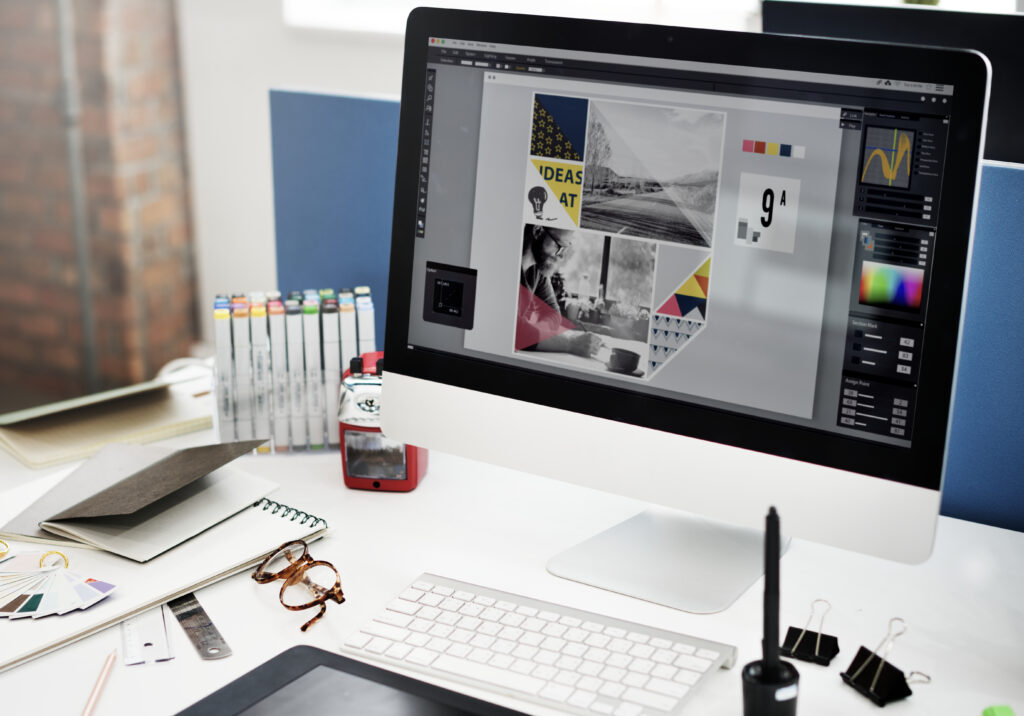
Trends and Innovations Shaping the Future of Graphic Design
The graphic design industry is constantly evolving, driven by new trends and innovations. These changes are shaping the future of the field, influencing how graphic designers work and the types of projects they undertake. One major trend is the increasing use of digital and interactive elements in design. This includes everything from animated graphics in web design to immersive virtual reality experiences. Another significant trend is the growing importance of sustainable and socially responsible design. Graphic designers are increasingly looking to create work that is not only visually appealing but also environmentally friendly and ethically produced. Additionally, the rise of artificial intelligence and machine learning is starting to influence the field, with new tools that can automate certain design tasks or provide new ways of creating and manipulating images. Staying abreast of these trends is crucial for graphic designers, as they offer opportunities to explore new techniques, work with new mediums, and create designs that are innovative and forward-thinking. The future of graphic design promises to be an exciting blend of creativity, technology, and social awareness, offering endless possibilities for those in the field.